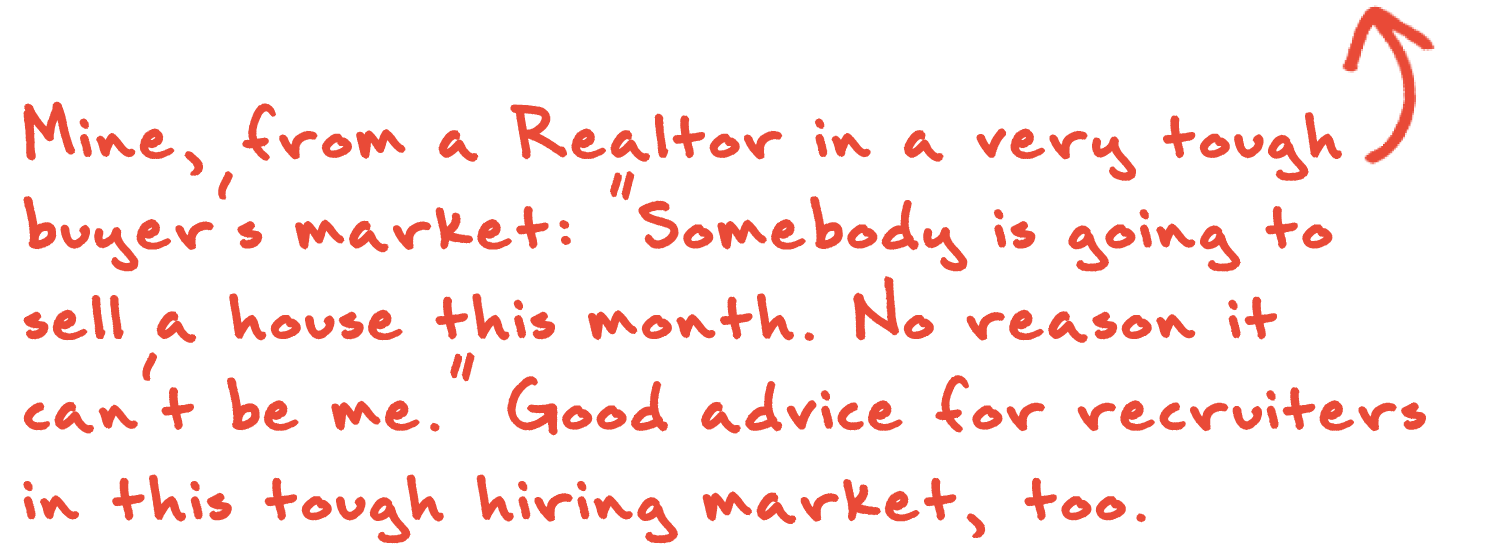
While execs bemoan the cost of hiring in a tight labor market to meet fast-changing business needs, there is a ready pool of talent they wouldn’t need to spend a dime recruiting: their own workers. If only they knew how to reskill them. Thousands of companies across the country are in the thick of a digital revolution that requires them to transform their operations. They need an employee base that’s ready to do new kinds of work, filling roles that are just emerging, and adapting existing jobs to integrate more data and automation. Instead of teaching new skills to their current workers, employers often choose the disruption and high costs of layoffs or buyouts. Why? It’s often because companies have only a hazy sense of what their internal talent is capable of, and migrating large numbers of employees into new positions requires time, money, and commitment. WSJ GetFive Reskilling Seminar Video




HBR does a deep dive into AI in hiring, asserting that although AI is disrupting the recruitment and assessment space, there are many yet-unanswered questions about accuracy and the ethical, legal, and privacy implications it introduces. Employers recognize that they can’t or shouldn’t ask candidates about their family status or political orientation, or whether they are pregnant, straight, gay, sad, lonely, depressed, physically or mentally ill, drinking too much, abusing drugs, or sleeping too little. However, new technologies may already be able to discern many of these factors indirectly and without proper (or even any) consent. Harvard Business Review




Fun, thought-provoking piece in the NYT this week by crowdsourcing author David Pogue, who asked his Twitter followers to share the best advice they’ve ever received, broken down into categories like Parenting, Work, Life Advice, and others. We think most can be applied to workplace situations. “You’ve never seen a cat skeleton in a tree, have you?” points out that sometimes you need to shift your perception of a problem (cat in the tree) to a solution (cat’s going to find a way down on its own). Another that we appreciated: “Never accept work where you’re not learning.” Hear, hear! New York Times










